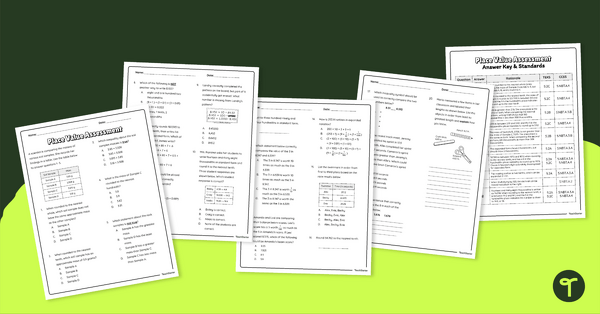Rounding Decimals Teaching Resources
Are you teaching rounding decimals this school year? Explore printable worksheets, games and hands-on activities to teach students how to round decimals to the nearest tenth and how to round a variety of decimal places!
Aligned with the Common Core Math and TEKS curriculums, each teacher resource in this collection has been created by a teacher on our teacher team. Best of all? Each resource has undergone a careful review by a math teacher on our team to ensure it's ready for your decimal lesson plans and your students.
Explore differentiated and editable versions of some of our most popular resources.
Are you new to teaching students how to round decimals? Take a look at this primer from our teacher team!
Teaching How to Round Decimals
Rounding decimals makes numbers easier to work with and understand, and learning how to round decimals is an important part of math education in upper elementary or middle school. In particular, teaching this skill will set your students up for working with measurements and financial calculations.
But how do you teach it?
Teach the Rounding Rules
Rounding a number to the nearest whole, tenth or hundredth can be done following a series of different rounding rules.
1. Rounding to the Nearest Tenth
When we're rounding decimals to one decimal place, we're also rounding to the nearest tenth. It's done according to the following rule:
- 5 or more, round up; 4 or less, round down
This rule tells us that if the digit to the right of the tenths place (the digit in the hundredths place) is 5 or higher, we should round up. If it's 4 or less, we round down.
For example, let's take the number 2.17 and round to one decimal place.
Because the number 7 is higher than 5, this would be rounded to 2.2.

2. Rounding to 2 Decimal Places
Also known as rounding to the nearest hundredth, rounding to 2 decimal places requires us to use the same "5 or More, Round Up; 4 or Less, Round Down" rule.
The only difference? This time, students will look to the digit to the right of the hundredths place — the number in the thousandths place — to determine if they should round up or down.
For example, if the number is 3.456, to round to the nearest hundredth, the student would round up to 3.46.
3. Rounding Decimals to the Nearest Whole Number
If your students have a number in decimal form and the goal is to produce a whole number, they can also use the "5 or More, Round Up; 4 or Less, Round Down" rule.
This time, the digit that they are evaluating is the digit in the tenths place! If it is 5 or higher, the whole number should be rounded up. If it's 4 or less, the whole number should be rounded down.
